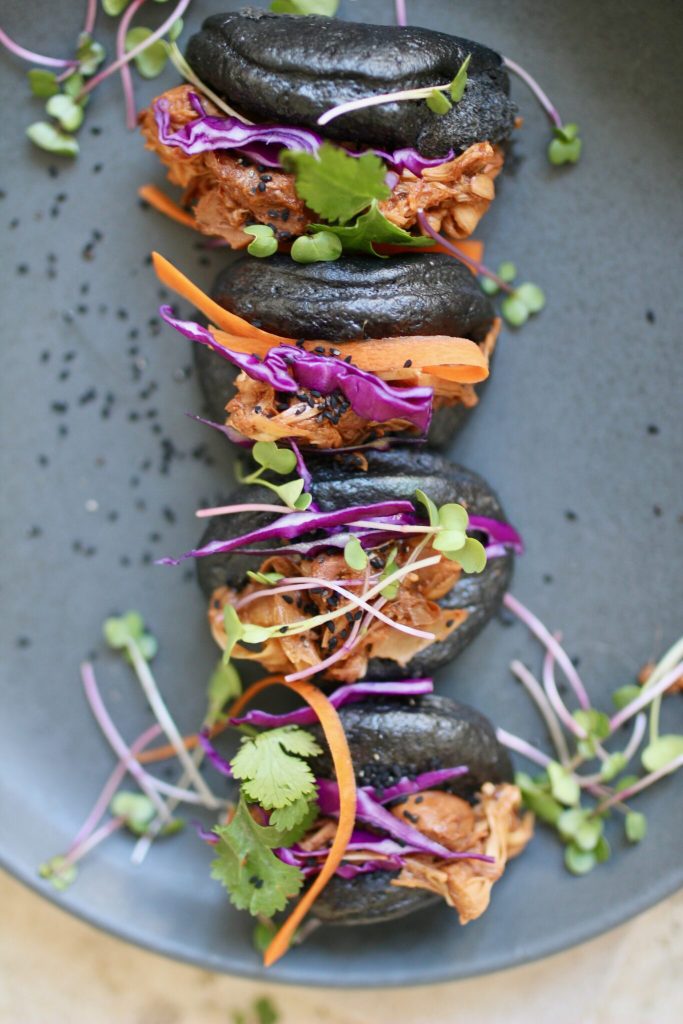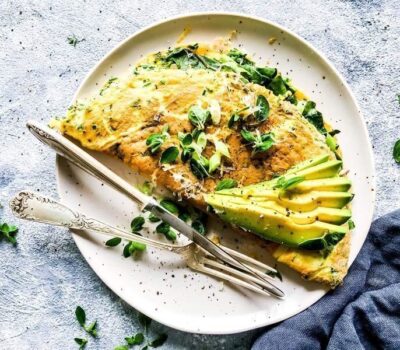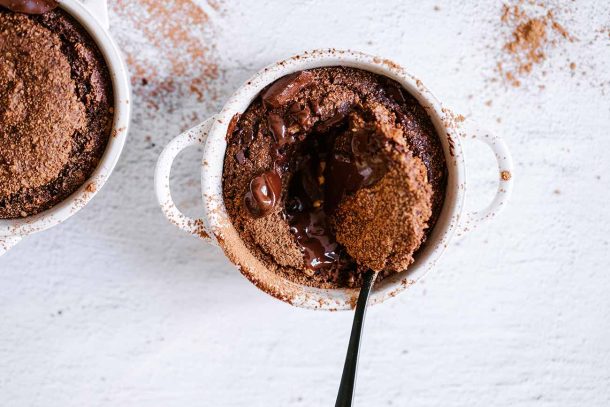These Charcoal Bao Buns with Pulled Jackfruit are the perfect #vegan alternative to traditional pulled pork bao.
The homemade buns are made using organic spelt flour, and we have used a combination of black tahini and activated charcoal to create the colour.
For the pulled jackfruit filling we have used the new Tender Jack product range from Amazonia. It’s the perfect vegan option for savoury meals that couldn’t be easier to prepare. For this recipe we use the Teriyaki Pulled Jackfruit flavour – all you need to do is heat it up and add it to your bao buns with your choice of vegetable fillings. We recommend cabbage, carrot and sprouts.

Details
4 serves
1 hr 30 mins
15 minutes
Medium
Ingredients
2/3 cup warm water
2 tsp coconut sugar
9 grams dry yeast
1 1/2 cups organic self raising spelt flour
1/2 tsp organic activated charcoal (optional)
2 tbsp EV olive oil
1 1/2 tbsp black tahini
150 grams Tender Jack Teriyaki Pulled Jackfruit
Directions
- Add coconut sugar and dry yeast to warm water, mix well and set aside for 10 minutes
- Place flour in bowl and create a well in the centre (for a darker charcoal colour you can add a small amount of organic activated charcoal).
- Add extra virgin olive oil and tahini to warm water mix, combine and then gradually add to flour to create a dough.
- Knead for a few minutes, then place in a bowl and allow to rise for 1 – 2 hours.
- Roll dough to approximately 1cm thickness and cut into circles, using a cookie cutter (or mug). Fold in half and steam for approximately 15 minutes.
- While buns are steaming, place jackfruit in a pan and gently cook for approx. 10 minutes, pulling apart using tongs. Add more water as required.
- When buns are cooked, add jackfruit and additional extras. We recommend broccoli sprouts, carrot and red cabbage.
Why charcoal?
We have more accumulated toxins than ever before from numerous sources, often resulting in significant health issues, which is why Activated charcoal has received attention and increased in popularity recently. Equally, like most health trends, taking this substance has also come under scrutiny and criticism, which in itself is not a bad thing, however some negative reports are simply based on the fact that the writer has not heard of it before, so to them it is new. Whilst the use of Activated Charcoal is not new, it can be difficult navigating through the inconsistent research and conflicting information.
Some charcoal facts…
- Charcoal has been used medicinally as a detoxifying agent for hundreds of years in Ayuvedic and Chinese medicine and is still today used as an effective counter poisoning agent in hospitals (usually in combination with gastric emptying) in cases of accidental or intentional poisoning or overdose.
- Charcoal tablets have been available for purchase in health food stores and chemists for decades, primarily recommended for bloating and gas. There are also published journals on the effective use of charcoal in reducing intestinal gas and bloating.
- Charcoal has also long been recommended as a useful addition to a first aid kit, particularly when travelling. This of course does not replace seeking medical assistance in cases of poisoning of any kind.
- The mechanism of action is that the charcoal binds to the toxin in the gastro intestinal tract (the charcoal is not absorbed), and then the toxins are eliminated along with the charcoal.
- Activated charcoal has an affinity to bind with certain chemicals and micro-organisms. However, there is insufficient research to demonstrate how selective, or otherwise, this process is.
- There has been some speculation on whether charcoal also binds to nutrients and there is lack of human trials to clarify this. There have been animal studies, however, that have not demonstrated a loss of nutrients, even with long term use.
- It is likely that the charcoal may bind to some proportion of nutrients, however unlikely that it would render the substance devoid of all nutrients.
- With regard to teeth whitening, the charcoal does need to be in contact with the teeth, hence it is sometimes found in toothpaste.
- Use of Activated Charcoal also has a long history in water filtration and purification, removing toxins, without removing all minerals and salts.
- We recommended choosing a good source of activated powdered coconut charcoal and not using every day or for long periods of time.
- Always remember to drink plenty of filtered water as with any detoxification program.
Looking for more ways to include charcoal in your diet? Try our detoxifying charcoal nice cream.







